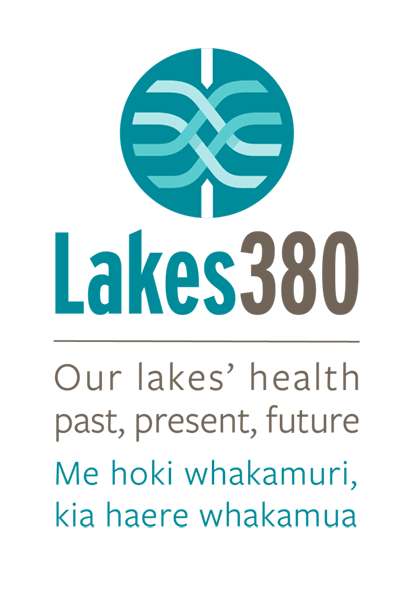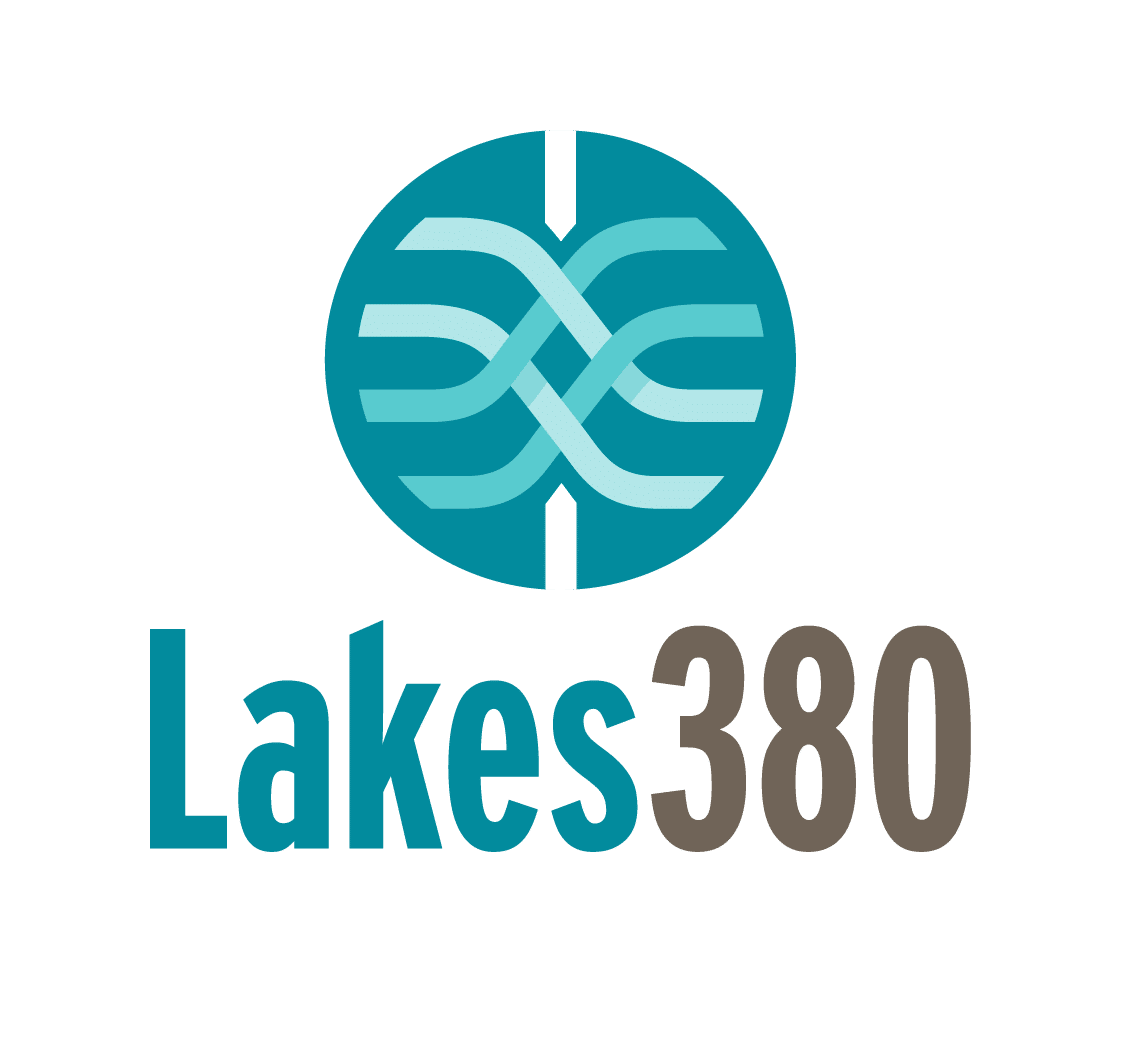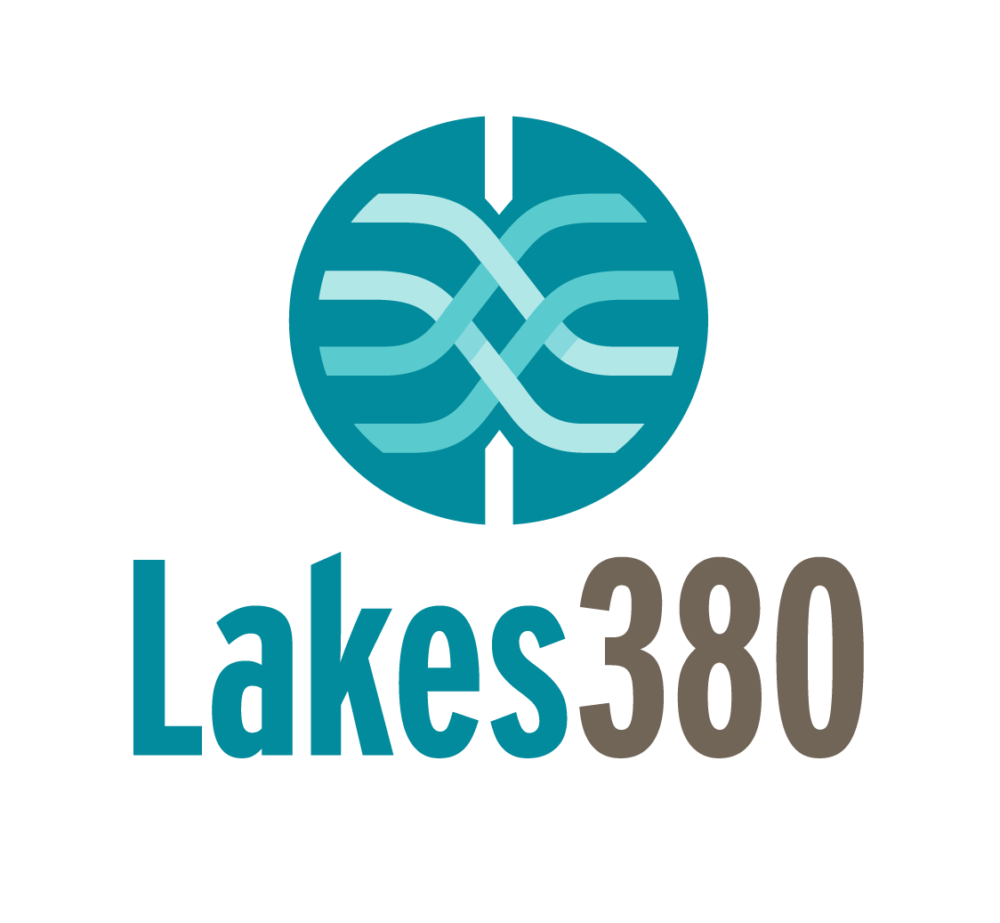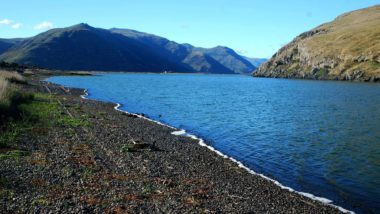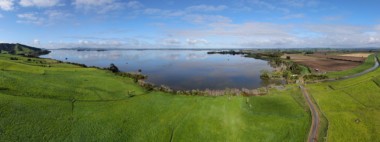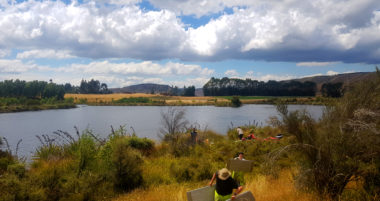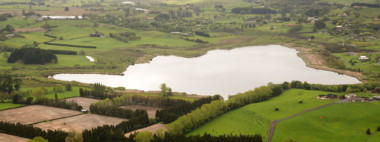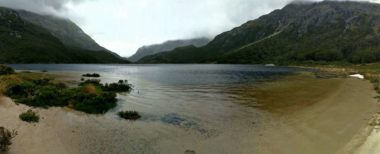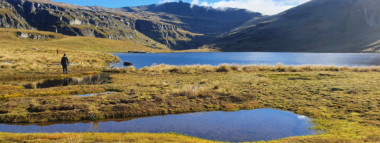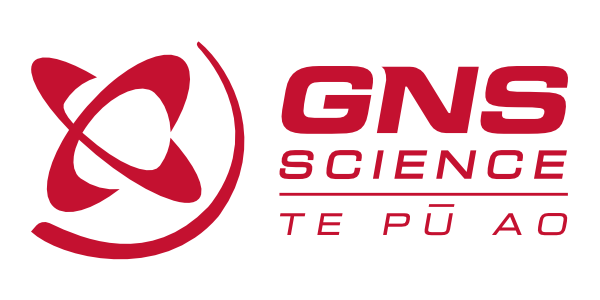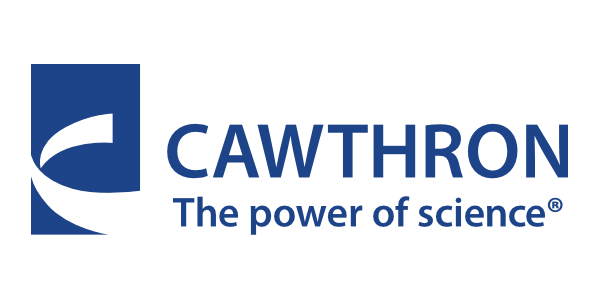About the Project
Lakes380 is the biggest scientific study of
New Zealand’s lakes in our history
Background
Lakes380 is the biggest scientific study of New Zealand’s lakes in our history. The Lakes380 team is traveling across New Zealand collecting and analysing water samples, lake bottom sediment samples and lake sediment cores from about 10% of our 3,800 lakes (>1 ha). A suite of scientific tools are being used to determine the current and historic health of each lake. Lakes380 datasets will be a public resource for New Zealand and global scientific advancement.
Recognising that our understanding of lake health and value is enriched by drawing from both scientific and indigenous knowledge systems, in the three rohe (regions) Rangitīkei, Wairarapa Moana and Ngāi Tahu, the scientific data has been interwoven with mātauranga Māori to provide a richer understanding of the value and health of our lakes.
The importance of Lakes380
Environmental data exists for fewer than 5% of our 3,800 lakes and these data sets are typically only 20 to 30 years long. Most attempts to improve water quality in New Zealand lakes have failed or require costly ongoing interventions. Consequently, there is need for robust evidence documenting when and why changes occurred, and to establish natural condition throughout a cross section of New Zealand lakes. The Lakes380 data will help in setting realistic restoration aspirations and identifying lakes in need of protection.
The research in brief
Lake sediments are natural archives that continuously record environmental history, providing measures of current and historical aquatic communities and water quality. The Lakes380 team use sediment cores to explore historical shifts in lake health. This is equivalent to centuries of environmental monitoring.
The Team
The project benefits from the expertise of a dynamic team of over 70 researchers, who are committed to studying the history of our lakes and working with knowledge holders, to assist with identifying lakes that need protection and help guide future restoration efforts.
